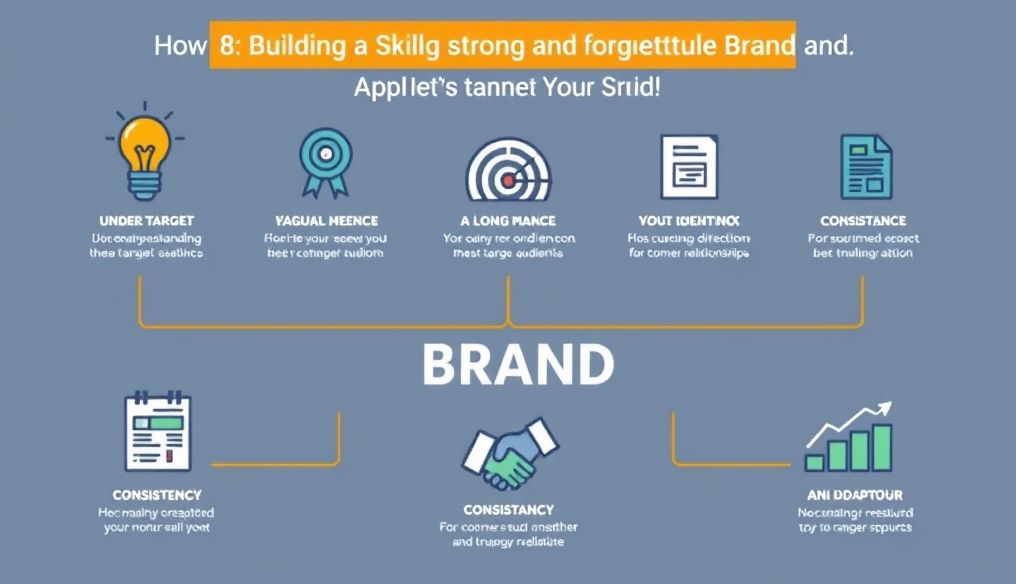Introduction: The Success Equation - The Right Price
Determining the right price for your product or service is one of the most important decisions you'll make as a business owner. It's not just a number; it's a reflection of the value you offer and a direct impact on your profitability and competitiveness in the market. Too low a price might attract customers, but it might not cover your costs or leave you with enough profit margin. Too high a price might make you lose customers to competitors.
Chapter 1: Understanding Costs - The Solid Foundation for Pricing
Before you start setting the price, you must have a clear understanding of your costs. These costs can be divided into two main categories:
- Fixed Costs: These are the costs that do not change regardless of your production volume or sales. Examples include: rent, fixed salaries, loan installments, insurance, basic electricity bills.
- Variable Costs: These are the costs that change directly with your production volume or sales. Examples include: raw materials, hourly labor wages, shipping and packaging costs, sales commissions.
Calculating the Break-Even Point: The break-even point is the point at which your revenues equal your costs, meaning you are neither making a profit nor incurring a loss. Calculating this point helps you understand the minimum price you must charge to cover your costs. The equation is: Break-Even Point (in units) = Fixed Costs / (Selling Price per Unit - Variable Cost per Unit)
Chapter 2: Market and Competitor Analysis - A Panoramic View
After understanding your costs, the next step is to analyze the market and competitors. This analysis will help you understand:
- Prevailing Market Prices: What prices are your competitors charging for similar products or services?
- Customer Perceived Value: What value do customers believe they are getting for their money?
- Your Competitive Position: Do you offer a unique product or service? Do you excel in high quality or low price?
Competitor Analysis Tools: You can use various tools to analyze competitors, such as:
- Visiting their websites: To find out their prices and promotional offers.
- Reading customer reviews: To understand their strengths and weaknesses.
- Secret shopping: To purchase their products or services and evaluate them directly.
Chapter 3: Different Pricing Strategies - Choose What Suits You
There are many different pricing strategies you can use; here are some of the most common:
- Cost-Plus Pricing: Adding a specific percentage to the cost of production to determine the selling price. This strategy is simple and easy to apply, but it may not take into account market conditions and competitors.
- Value-Based Pricing: Setting the price based on the value that customers perceive for your product or service. This strategy requires a deep understanding of customer needs and desires.
- Competitive Pricing: Setting the price based on competitor prices. You can choose to price the same as competitors, or lower to attract customers, or higher if you offer a superior product or service.
- Psychological Pricing: Using psychological techniques to influence customers' perception of the price. Examples include: setting the price at $9.99 instead of $10, or offering discounts and promotional offers.
- Dynamic Pricing: Changing the price based on changing market conditions, such as supply and demand, time of day, or customer location. This strategy is commonly used in the airline and hotel industries.
Chapter 4: Premium Pricing - When Quality Speaks
If you offer a premium product or service with high quality and unique features, you can adopt a premium pricing strategy. This strategy allows you to charge higher prices than competitors because you offer added value to customers. But you must be able to justify this high price through high quality, excellent service, or a strong brand.
Chapter 5: Penetration Pricing - Entering the Market Strongly
Penetration pricing is a strategy that involves setting very low prices initially to attract as many customers as possible and gain a large market share. This strategy can be effective if you are entering a new market or if you are trying to displace competitors. But you must be careful that low prices may not cover your costs in the long run, and you must have a plan to gradually increase prices once you gain sufficient market share.
Chapter 6: Seasonal Pricing - Exploiting Seasons and Holidays
Many products and services experience increased demand during certain seasons or holidays. You can exploit these seasons and holidays to increase your sales through seasonal pricing. Examples include: offering discounts on winter clothing at the end of the season, or raising hotel prices during summer vacations.
Chapter 7: Psychological Factors in Pricing - The Art of Persuasion
Price is not just a number; it is also a message. You can use psychological factors to influence customers' perception of the price and make them more likely to buy. Examples include:
- Anchoring Effect: Displaying an expensive product first to make other products look cheaper.
- Scarcity Effect: Indicating that the product is limited in quantity or available for a limited time to create a sense of urgency.
- Comparison Effect: Offering three different options to customers, so that the middle option is the most attractive.
Chapter 8: Review and Adjust - Pricing is an Ongoing Process
Setting the price is not a one-time decision. You should review your prices regularly and adjust them based on changing market conditions, production costs, and customer feedback. Be prepared to experiment with different pricing strategies until you find what works for your business.
Conclusion: The Right Price - Key to Profitability and Growth
Determining the right price for your product or service is a complex process that requires a deep understanding of your costs, the market, competitors, and customers. By using the right strategies and tools, you can set a price that is profitable, attracts customers, and helps you achieve growth in your business.




